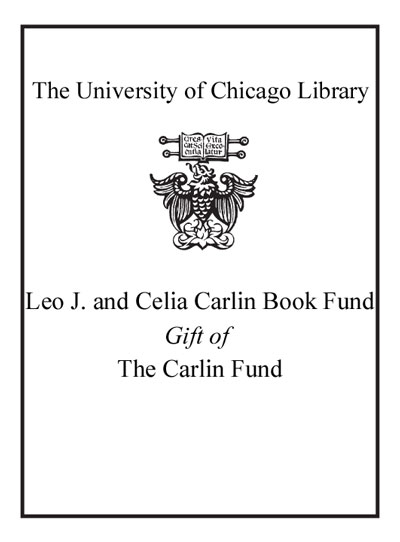| Summary: | This book investigates domestic animal exploitation and the animal economy from the Palaeolithic to the Bronze and Iron Ages across Eurasia (Europe, Near East, Siberia and China). Incorporating current zooarchaeological theory and cutting-edge methodological developments, it critically assesses Andrew Sherratt's concept of a Secondary Products Revolution that proposed that a package of new subsistence practices and technologies swept across much of Eurasia at the end of the Neolithic, which triggered large-scale changes in economies and settlement across the landscape. 0This model argues that these changes were associated with a genuine shift from an emphasis upon domestic animals for their primary (meat hide, bone) products to a more diversified exploitation pattern which included their secondary (milk, wool, traction) products. Sherratt's model attempted to conceptualise the changes between the Neolithic and Bronze Age that dramatically transformed the nature of animal exploitation strategies, cultivation practices, land management strategies, nature of settlement, and political and economic organization in Europe and the Near East that set the stage for the evolution of historic land use and animal exploitation patterns. Though setting the parameters for debate within the discipline for over 30 years, science has moved on and many kinds of new data, methods and techniques have been proposed since then that allow greater insights into these issues.
|
|---|

